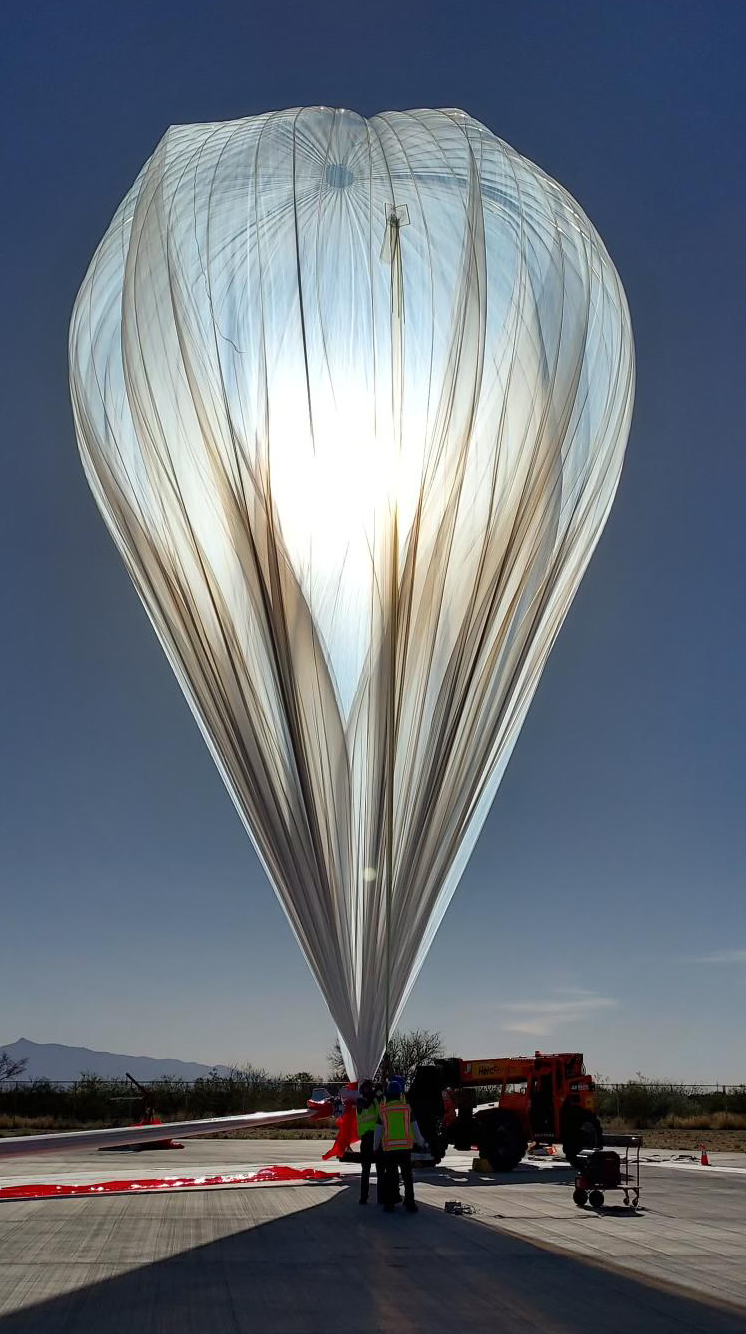Project Summary
The NASA/Boeing X-36 Tailless Fighter Agility Research Aircraft successfully completed a 31-flight research program at NASA’s Dryden (now Armstrong) Flight Research Center in Edwards, California, in November 1997. The X-36 project team developed and demonstrated the tailless fighter design using advanced technologies to improve the maneuverability and survivability of possible future fighter aircraft. The X-36 program met or exceeded all project goals.
In a follow-on effort, the Air Force Research Lab (AFRL) contracted Boeing to fly AFRL’s Reconfigurable Control for Tailless Fighter Aircraft (RESTORE) software as a demonstration of the adaptability of the neural-net algorithm to compensate for in-flight damage or malfunction of effectors, i.e., flaps, ailerons and rudders. Two RESTORE research flights were flown in December 1998, proving the viability of the software approach.
Accomplishments
The first flight of the X-36 occurred on May 17, 1997, with the final flight closing the original program on Nov. 12, 1997. A total of 31 safe and successful research flights were flown during that 25-week period, accumulating a total of 15 hours and 38 minutes of flight time and using four different versions of flight control software. The aircraft reached an altitude of 20,200 feet and a maximum angle of attack of 40 degrees.
The X-36 project team examined the aircraft’s agility at low speed/high angles of attack and at high speed/low angles of attack. The X-36’s speed envelope reached up to 206 knots (234 miles per hour); the aircraft was very stable and maneuverable and handled very well at both ends of the speed envelope.
For the follow-on RESTORE program, two flights were flown with the adaptive neural-net software running in conjunction with the original proven control laws. Several in-flight simulated failures of control surfaces were introduced as a problem for the reconfigurable control algorithm. Each time, the software correctly compensated for the failure and allowed the aircraft to be safely flown in spite of the degraded condition.
Technical Specifications
The X-36 is a 28-percent scale representation of a theoretical advanced fighter aircraft configuration. The Boeing Phantom Works (formerly McDonnell-Douglas) in St. Louis, MO, built the X-36, in a cooperative agreement with NASA Ames Research Center, Moffett Field, CA. It was designed to fly without the traditional tail surfaces common on most aircraft. Instead, a canard forward of the wing is utilized, in addition to split ailerons and an advanced thrust-vectoring nozzle for directional control. The X-36 is unstable in both the pitch and yaw axes; therefore, an advanced, single-channel digital fly-by-wire control system, developed with some commercially available components, stabilizes the aircraft.
Fully fueled, the X-36 prototype weighs about 1,250 pounds. It is 19 feet long and three feet high with a wingspan of just over 10 feet. A Williams International F112 turbofan engine provides about 700 pounds of thrust. A typical research flight lasts approximately 35 to 45 minutes from takeoff to touchdown.
Using a video camera mounted in the nose of the vehicle (and an on-board microphone), the X-36 is remotely-controlled by a pilot in a ground station virtual cockpit. A standard fighter-type head-up display (HUD), in addition to a moving-map representation of the vehicle’s position within the range, provides excellent situational awareness for the pilot. This pilot-in-the-loop approach eliminates the need for expensive and complex autonomous flight control systems and the risks associated with their inability to deal with unknown or unforeseen phenomena once in flight.
Teamwork
The X-36 project team, consisting of employees from Boeing, and NASA’s Ames and Dryden Research Centers. The project was an unparalleled accomplishment for a remotely-piloted aircraft program.
Ames and the Phantom Works developed the technologies required for tailless agile flight beginning in 1989. Based on positive results of extensive wind tunnel testing and computational fluid dynamics (CFD) analysis, McDonnell-Douglas in 1993 proposed building the remotely-piloted scale aircraft technology demonstrator to validate the advanced technologies in a real flight environment.
In 1994, the Phantom Works began fabrication of the two X-36 vehicles using rapid prototyping techniques in its St. Louis facility. NASA and Boeing were full partners in the project, which was jointly funded under a roughly 50/50 cost-sharing arrangement. The combined program cost for the development, fabrication, and flight testing of the two prototype aircraft was approximately $21 million. Ames led the X-36 program providing government oversight. In the flight test phase, Dryden provided the flight test experience, infrastructure and range support.
Funding
The X-36 Program received its funding from NASA’s Office of Aero-Space Technology (OAT) in Washington, DC, and from The Boeing Company.


































